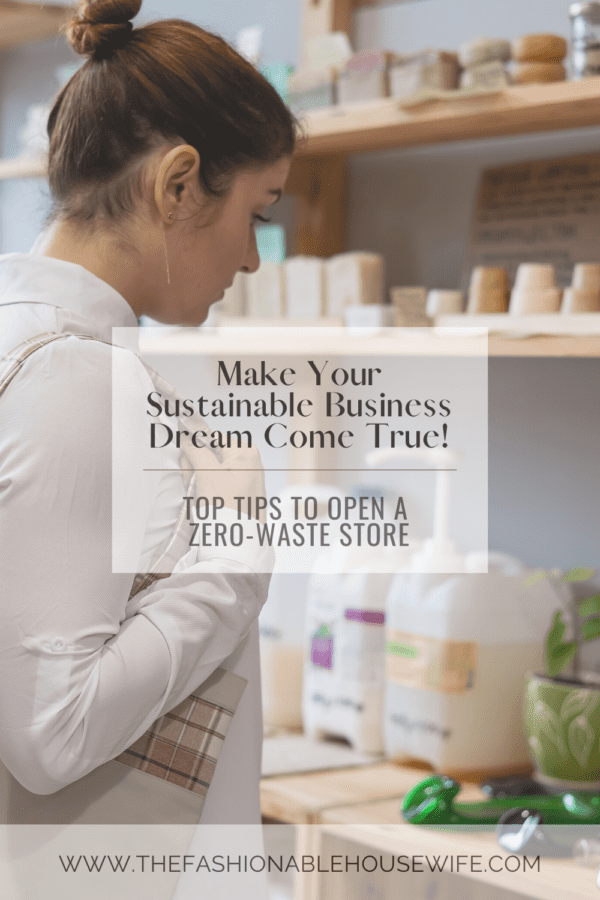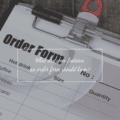
The world is becoming increasingly conscious of the impact that our consumerism is having on the environment. People are looking for ways to reduce their waste and live more sustainably, and that’s where zero-waste stores come in. These stores offer customers the opportunity to shop for goods without creating any excess packaging waste. Not only does this lower their individual footprint, but these stores are typically more budget-friendly to boot.
For those who are passionate about the environment and good food, opening a zero-waste store can be a fulfilling business venture. It combines your passion for sustainability and puts those values at the forefront of a trend that is only growing. Starting your own business, however, can be a daunting task. You have to think about the products you sell, how you will package them, and how to make your store stand out from the crowd.
It’s a lot to think about, but there’s no reason to fret. With this guide, you’ll know all the top tips essential to opening up a zero-waste store:
How Do Zero Waste Stores Work?
Zero waste stores are, essentially, the new generation of bulk food stores. In fact, with just a few changes, many bulk food stores can seamlessly relaunch their brands with a new zero-waste focus.
The key difference, after all, is that customers need to bring their containers with them to a zero-waste store. Bulk food stores today usually offer free plastic bags for customers to use. This defeats the purchase of “zero waste”.
That being said, if you don’t offer containers in your zero-waste store, you’ll end up alienating many of your customers. This doesn’t mean you need to offer one-use plastic. You can use recycled paper bags, for example. You could even have a drop-off program so that customers can drop off their cleaned plastic containers to you for a discount. New customers, or customers that forgot their containers, can then take those donated containers for free.
These donated containers will simply be reused plastic packaging from the big store brands. Clean them, weigh them, and offer them for free.
To boost sales, also offer premium pre-weight containers. Offer a mix of bags and attractive pantry containers to boost sales.
How zero waste actually works is very simple. Containers and bags are weighed in advance, and that weight is written down somewhere on the container. When it comes time to checkout, the weight of the container is removed from the equation, so customers pay for their product by weight only.
Other products you can sell outside of bulk products is fresh, plastic-free fruits and vegetables. You can also sell products from eco-friendly brands.
How to Launch Your Very Own Zero-Waste Store
Zero waste stores are wonderful for the planet and the community. If you’re passionate about sustainability and want to start a business of your own, then a zero-waste store is the perfect plan. All you need to get started is to follow these steps:
Conduct Market Research
The first step to any new small business is to know where to open your store. The right answer will depend on several factors, from where you are currently located to the values of the community overall. If your community is struggling, for example, then your zero-waste store will need to be as budget-friendly as possible. The good news is that bulk food stores are great for budget shoppers.
For a higher-end zero-waste store, you’ll need to open up in a community that has both more disposable income and also is sustainably minded. See what other stores are in the area, what festivals and projects are ongoing, and work from there.
How your customers will get to you is another thing to consider. Ideally, you should be both near public transportation links, be on a busy road itself, and be close to a parking lot so that customers have a choice in ways to get to you.
Market research should also unearth what kind of products your store will need to sell. You can get a jump on some suppliers pretty confidently, however. For example, all zero-waste stores, by default, should offer baking supplies, spices, and other dry goods in bulk. You can find and work out exact costs in advance pretty easily. Take garlic, for example. You can find a host of different options for bulk garlic powder online and work out the price differences in advance. Do this with all the dried goods, and you can work out how much you’d need to launch your business.
Develop Your Business Plan
Using all the information you uncovered in the first step, you’ll then want to develop a business plan. A business plan will force you to answer key questions you may not have considered on your own. It is, essentially, a basic blueprint to bring your business to life. Having one will keep you organized and on task. It can also help you when it comes to sourcing your funding since you’ll have a viable plan of action to show your investors or the bank.
Secure Funding
Funding will come from your own personal savings, friends and family, loans, and grants. You may be able to get a small business loan from the SBA – but keep in mind these take time. You also don’t want to put all your eggs in one basket. Diversity is best.
Designing Your Store
Choose environmentally friendly materials and products, create an eye-catching and welcoming atmosphere, and make sure to have all the necessary equipment for your store, such as scales, dispensers, and containers. You want to make it effortless for your customers, so they come back.
Source Your Products
You’ve likely already found and made a note of the suppliers that you want to work with. The next step is to negotiate the prices and place your orders. Always start by ordering a sample. This is how you can quality control your products from the get-go and not waste money by buying something that ends up being a sub-par product.
Launch and Improve
Invite your community, organize a launch event, and spread the word through various marketing channels, such as social media, email marketing, and word-of-mouth. Launching well can hugely impact your success, but you should never ride that success without propelling your store further. Continuously evaluate your store’s performance, listen to your customer’s feedback, and make changes to improve your store’s efficiency and customer satisfaction.






